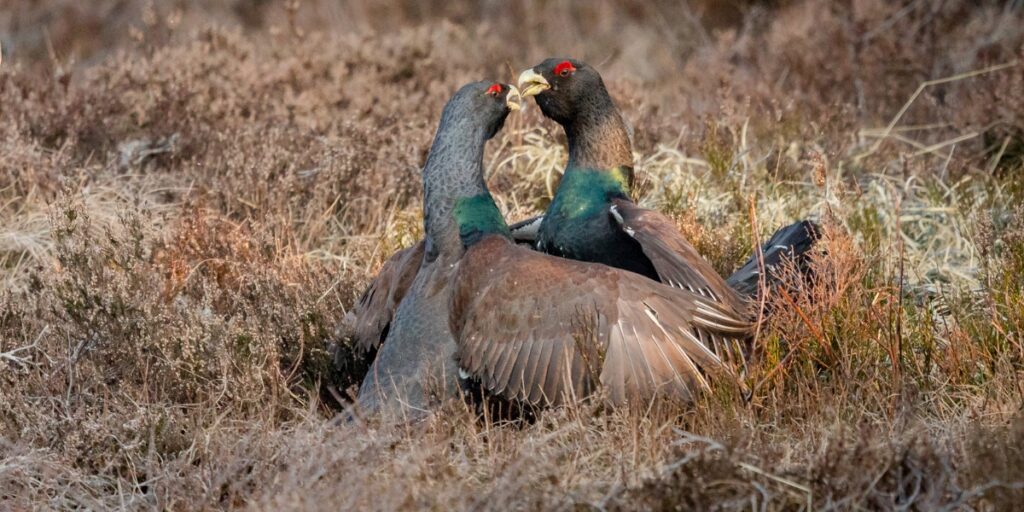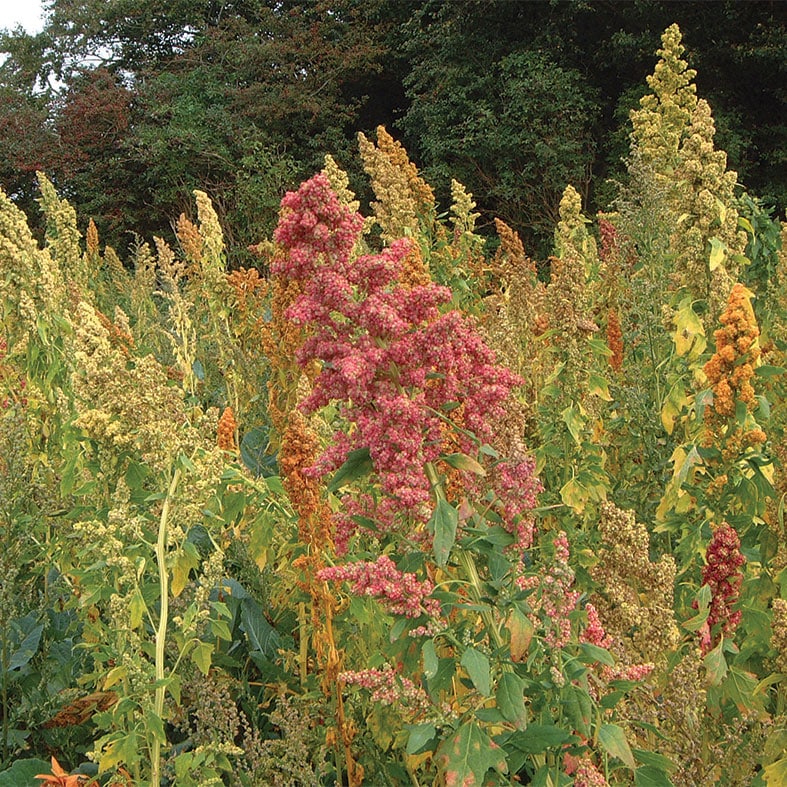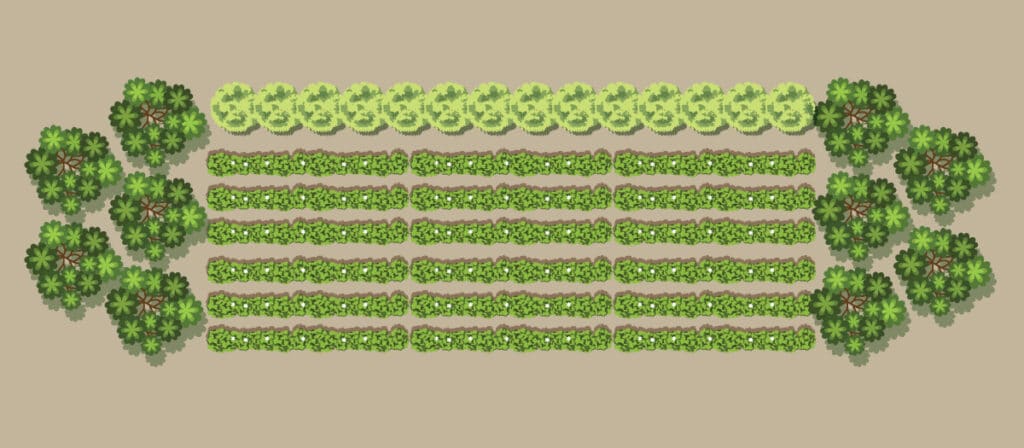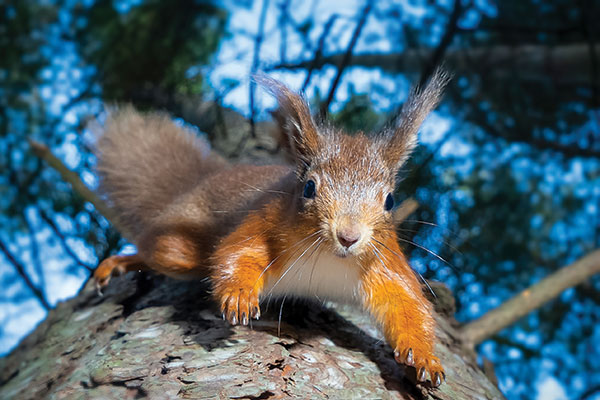
Capercaillie: Highland rescue
The Scottish capercaillie risks extinction but a recovery plan supported by the BASC Wildlife Fund, is already making progress.
Get information on the legal shooting season for mammals and birds in the UK.
Apply for funding for your project or make a donation today
Comprehensive information and advice from our specialist firearms team.
Everything you need to know about shotgun, rifle and airgun ammunition.
Find our up-to-date information, advice and links to government resources.
Everything you need to know on firearms law and licensing.
All the latest news and advice on general licences and how they affect you.


With last season season rapidly becoming a distant memory, it is time to look forward to the next. One thing that will be on your mind soon, if you haven’t decided already, is what cover crops to plant for the season and where?
Cover crops serve several purposes. As well as offering the potential for a drive, they can provide protection to their inhabitants from weather and predation along with a source of food. Although they are planted predominantly for gamebirds, they can also have great conservation benefits. For example, by providing
a nutritional food supply they can significantly increase the abundance of farmland birds by supporting the three key elements which gamebirds and farmland birds need from habitats: availability of food, shelter and nesting cover. Cover crops can also provide food for insects, which encourages them to the area so they in turn provide food for gamebirds and farmland birds. As always, it is a sensible to maintain a good relationship with the farmers and plan your cover crops with their input if possible. They will often help prepare the crops, especially when they are of mutual benefit. For example, stubble turnips provide good cover for gamebirds and can be used as grazing for livestock after the season. Farmers may also be able to gain a financial benefit for planting certain cover crops that align with agri-environment schemes.

Given their many benefits, your cover crops should be chosen very carefully. The location of each crop on the shoot needs to be considered, along with the adjacent features to ensure they offer maximum benefit. Take into account the other bird species and wider biodiversity on the shoot, so they can benefit from the crop. For example, cover crops that are next to hedges or woodland can connect two key habitat types (as illustrated below), providing safe passage between nesting sites and foraging areas. They can also be used as wildlife corridors to connect different areas of the shoot, such as two different woods, helping navigate gamebirds around the shoot safely.
In terms of location, soil type and quality are also key factors. Some crops are more suited to certain conditions than others. In the long run, some crops can actually help improve soil conditions; these include the more deep-rooted species like chicory which help break up compacted soil to improve its structure. The time of year that you plan to plant is also important; you need to ensure the soil is warm enough for your desired crops.
The purpose of the crop needs to be factored in. Is it for driving birds, holding them or to produce birds? For example, if a crop is going to be driven to a flushing point at the end of the crop, you can consider ways of thickening the crop in places to slow gamebirds down to prevent them from all reaching the flushing point at once. This could include cross-drilling sections on a 45 degree angle to the original pass to achieve better ground coverage or sowing in another crop in places.
With a wide range of crop types available, planting different varieties across the shoot can increase species diversity. If possible, planning crops well in advance to allow for a rotational cycle and selecting a variety of annual and perennial mixtures can ensure foraging habitat, shelter and nesting cover are maintained throughout the year. Again, this benefits farmland birds and the wider biodiversity of the shoot.
There are other benefits to mixed crops, as they provide a great range of diversity and each variety will establish and ripen at different times to provide cover and food. Wild bird mixes are a good example that provide cover and food both for gamebirds and the wider biodiversity of the area.
These often include plants such as spring triticale, spring barley, white millet, kale, linseed, fodder radish and quinoa.
Many of these provide a good food supply for a wide range of birds right to the end of the season and into spring, which helps alleviate some of the issues experienced during the ‘hungry gap.’
This is commonly between December and April when natural food sources have been depleted and most crops the birds benefit from have not been planted or established yet.
It is beneficial to plant cover crops like pollen and nectar mixes for the spring and summer. These are often a combination of species such as clovers and vetches. These mixes will provide food for insects, which in turn will provide an excellent high protein food source for gamebirds and wildlife alike. Plenty of protein in their diet helps gamebirds to grow quickly and feather up well. The provision of early cover will also act as shelter from predators such as the sparrowhawk.
Kale is an effective cover crop that provides warm cover, is robust and, if left to overwinter, produces lots of small seeds that benefit gamebirds and wild birds alike. Chicory is another effective crop for providing cover that lasts. From year two it offers a tall, warm windbreak with holes and tunnels at the base for birds to roam around in. The flowers it produces attracts insects, which increases biodiversity.
Perennial crops such as chicory can provide regenerating cover for up to five years if managed correctly. However, they rarely provide sufficient cover in the first year, so you should consider sowing a one-year nursery crop to ensure sufficient cover is provided. A couple of good examples of a nursery crop are mustard or buckwheat, due to their ability to grow quickly and provide early cover.
For further advice, it is worth consulting specialist cover crop companies who can offer good support in these areas.


The Scottish capercaillie risks extinction but a recovery plan supported by the BASC Wildlife Fund, is already making progress.

The success of the hare is through supporting proven conservation techniques not obsolete protectionism.

Gavin Howe explains how you can help native red squirrels by volunteering to control the destructive grey invaders.